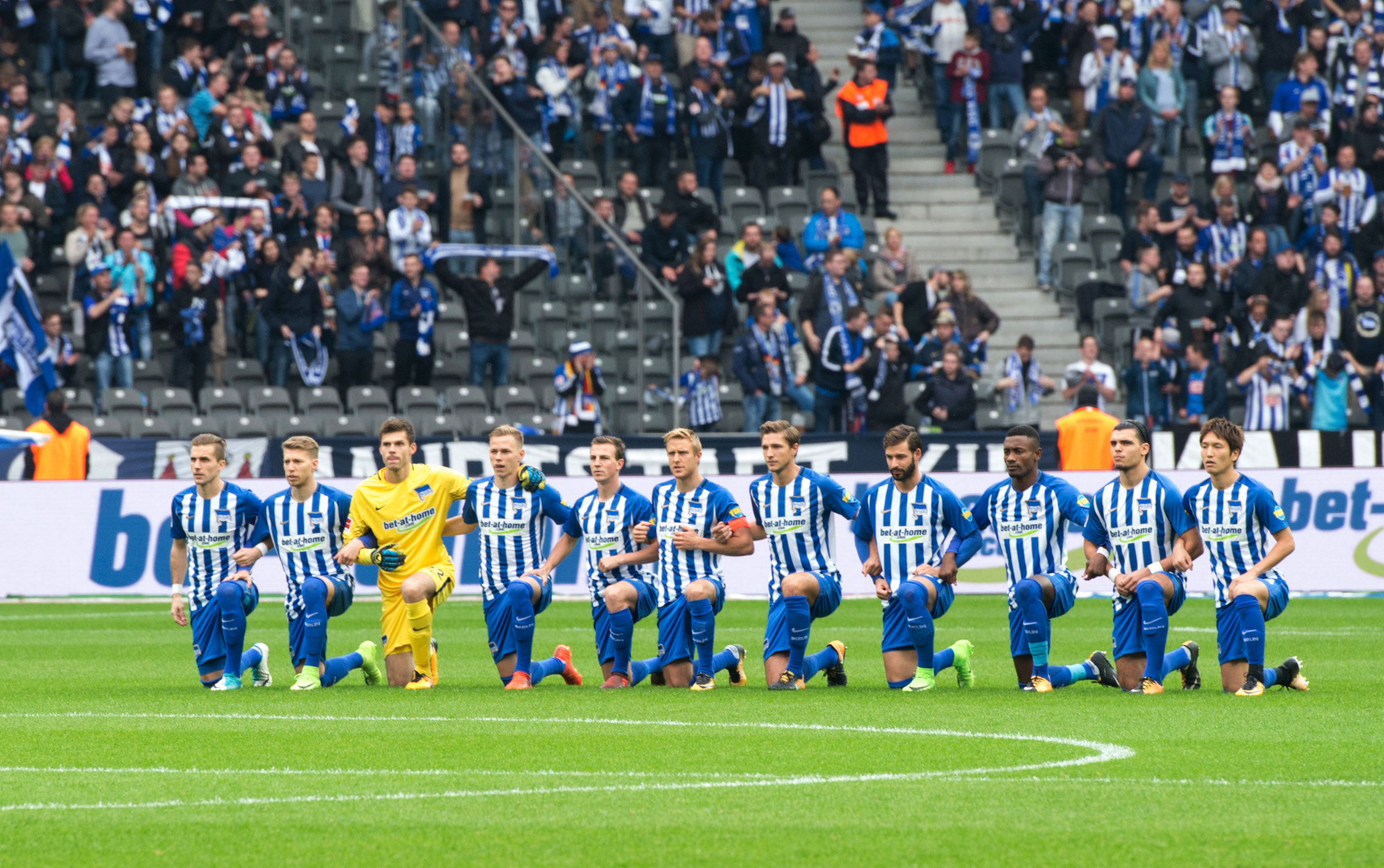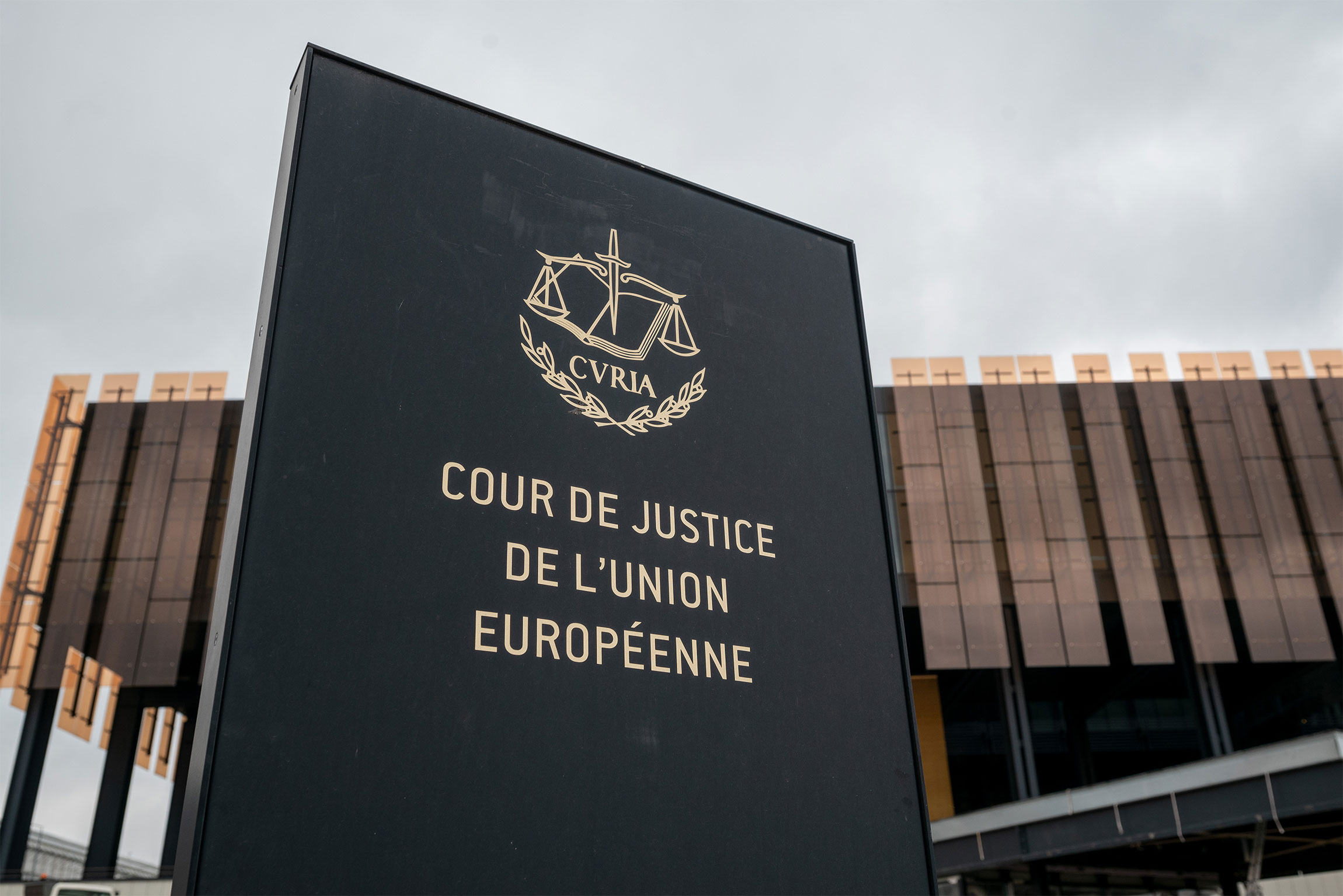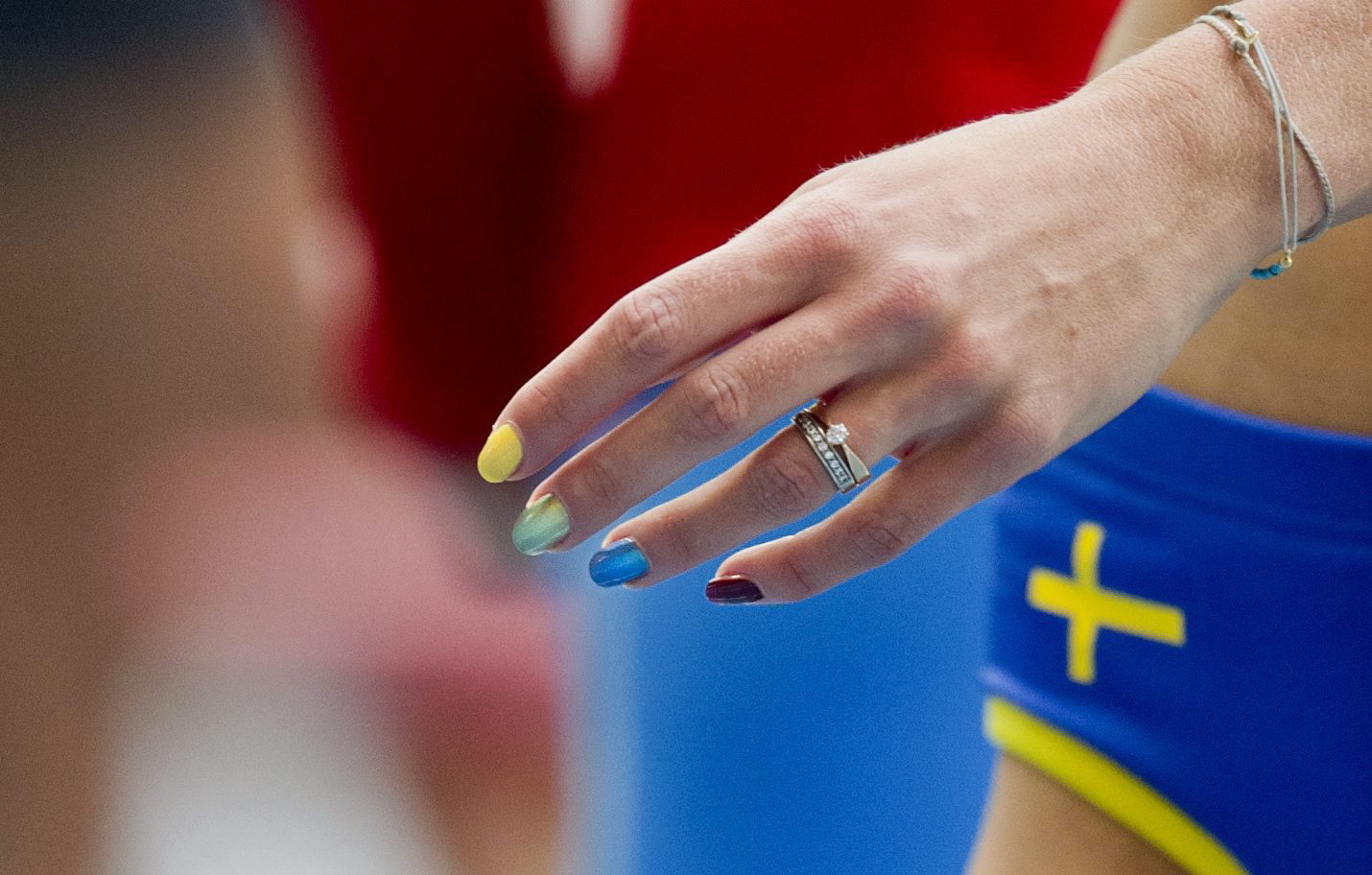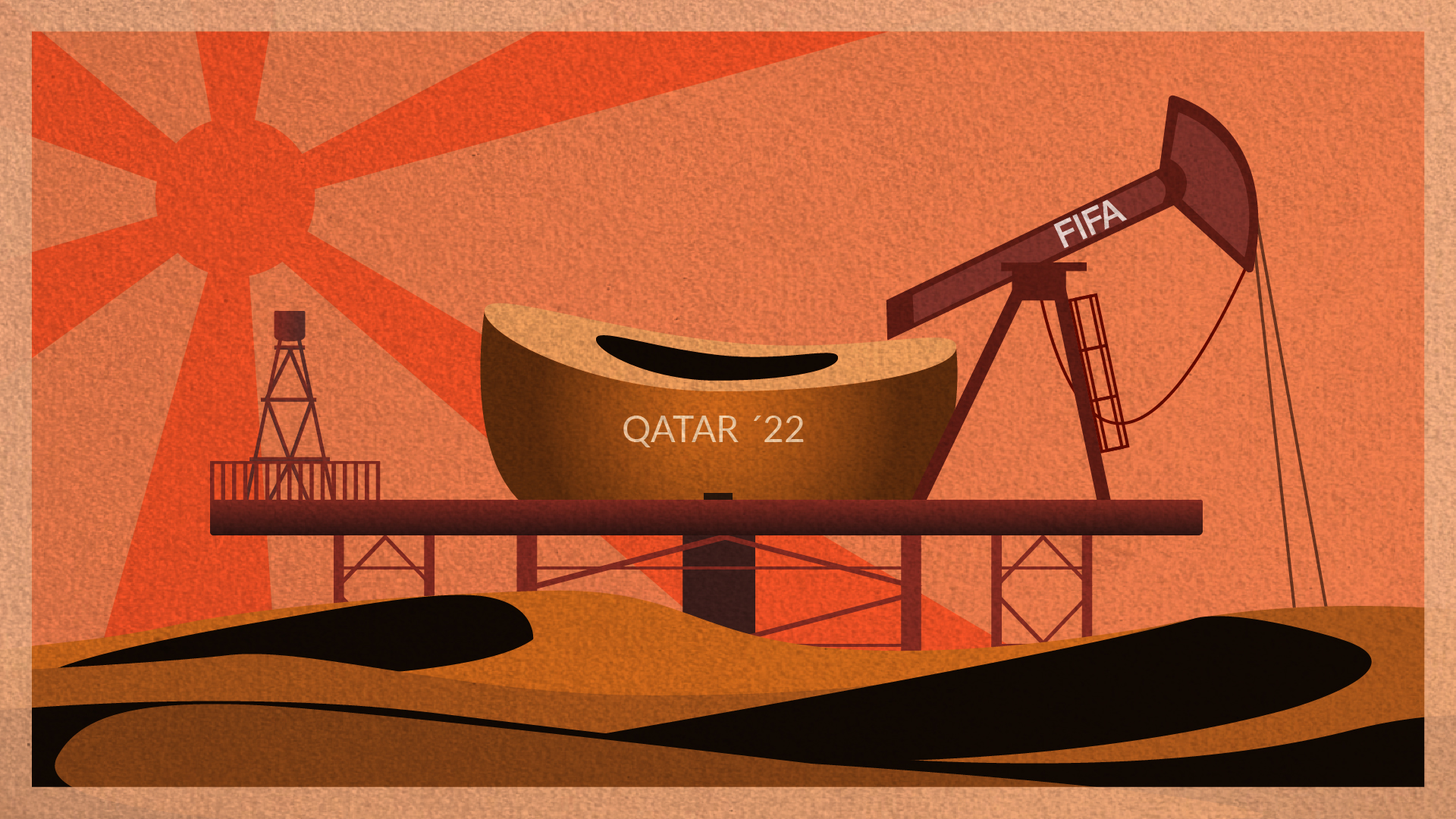On the other hand the sports associations only allow protests to be articulated within a very narrow framework, so there is a fine line between the right to free speech and Article 50.3 of the IOC Charter, which states: ‘No kind of demonstration or political, religious or racial propaganda is permitted in any Olympic sites, venues or other areas.’ When we think of the fact that mega sports events will in future be held in the economically booming, theoretically democratic yet at the same time complicated BRICS countries, we are faced with the prospect of these tensions being demonstrated in stadiums in the near future, and we will see athletes becoming involved in new and ever more creative forms of protest.
Sports associations only allow protests to be articulated within a very narrow framework.
In Germany, former professional footballer Markus Babbel took over from Armin Veh as head coach of VfB Stuttgart in November 2008 (despite not holding a coaching qualification). Under Veh, Stuttgart had won the German title and made good progress in the Champions League. But the 2009/2010 season started badly, with the club going seven games without a win. After VfB Stuttgart drew 1-1 with VfL Bochum on 5 December 2009, Stuttgart fans mounted a huge protest, which could be categorised as a confrontational protest. It included spontaneous demonstrations, blockades, occupations, verbal violence and minor damage, such as that caused by throwing a bag of paint.
Even before the game against Bochum kicked off, around 100 Stuttgart fans had expressed their dissatisfaction via a sit-in, preventing the team bus from accessing the stadium. Things escalated after the game ended in a draw, and a section of Stuttgart fans vented their anger on the players and particularly on their manager. Some 3,000 mainly young fans laid siege to the club’s offices, running riot and hurling abuse that even included death threats.
The next day the Vf B Stuttgart board gave in to the pressure and fired Markus Babbel, whose job they had guaranteed just one week earlier. The protests in Stuttgart attracted particular attention as a sign of an increasingly clear trend towards the use of sit-ins and threats to influence the club’s policies. This was all played out against the background of the suicide of German national goalkeeper Robert Enke the previous month, who killed himself as a result of depression.
The club and association boards, along with the fans, vowed that such protests would not happen again, but this was not to last. Subsequent years saw similar confrontational protests, though never on the scale experienced in other European countries, such as Italy. At the game between CFC Genoa and Siena in April 2012 around 70 Ultras stopped the game for 45 minutes by throwing fireworks and smoke bombs, as a protest against the 0:4 score. The Ultras then blocked access to the players’ tunnel. it was only possible to continue the game after most of the Genoa players complied with the Ultras’ demands that they take off their shirts. Once again, the club’s manager was fired the following day.











